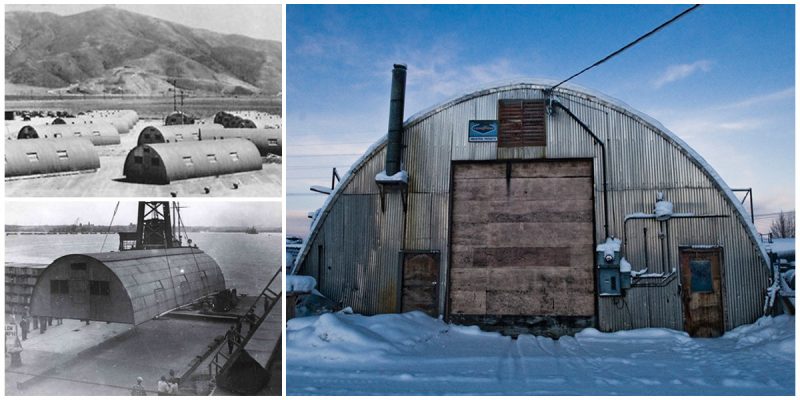In 1941, the U.S. Navy needed a versatile, multi-use building that was easy to ship and could be assembled without any special skills or tools.
Quonset huts filled the needs perfectly. Put simply, a Quonset hut (also known as Arch Buildings due to its shape) is a prefabricated metal structure made of corrugated steel that has a semicircular cross-section.
This involves self-supporting lengths of steel, usually connected in a semi-circular shape. These buildings provide advantages no other pre-engineered building can provide – low cost and high-security structures.
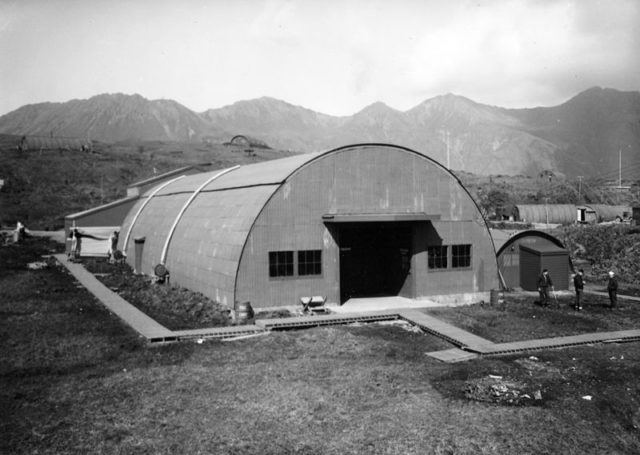
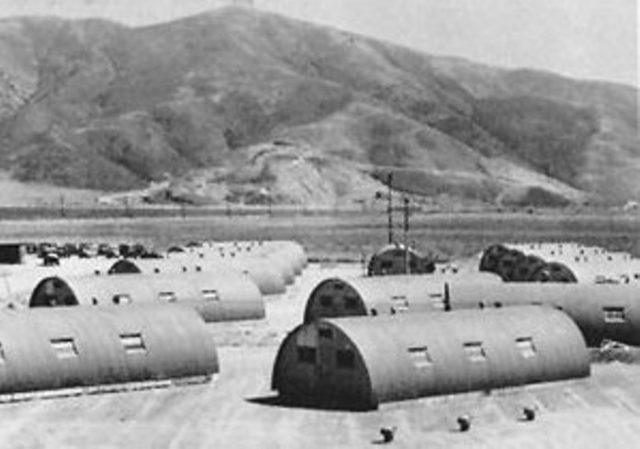
The huts got their name from the location of the first manufacturing facility, Quonset Point near North Kingstown, Rhode Island.
The design was based on the Nissen hut introduced by the British during the First World War. During World War II, it is considered that many Quonset huts were built and utilized in the combat field by the US military.
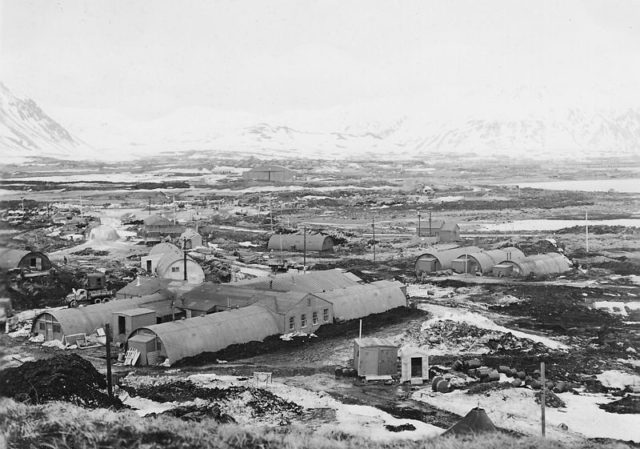
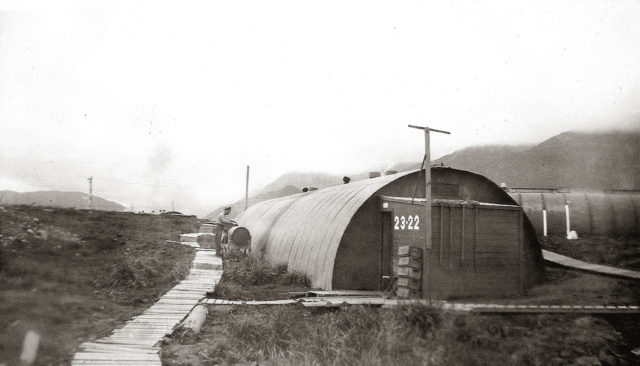
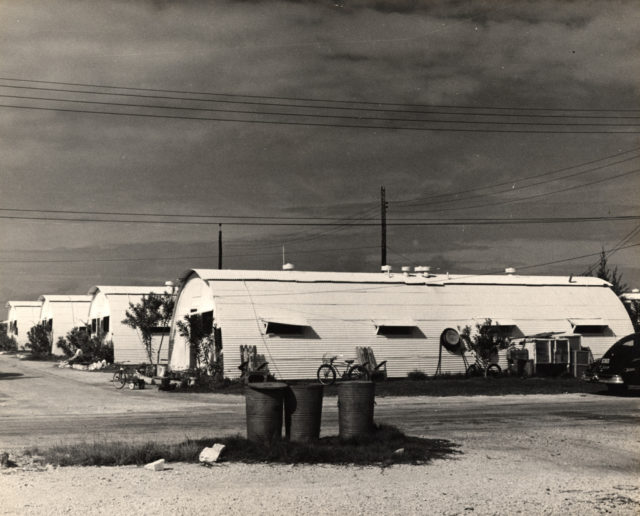
While world war had started, ground battalion and navy were looking for some semi-permanent shelters where the soldiers could stay and took rest.
The George A. Fuller construction company was chosen to construct these huts. The first was developed within sixty days. The design was a 5 m × 11 m (16 ft. × 36 ft.) structure made by steel members with a 2.4 m (8 ft.) radius.
The building could be assembled on concrete, pilings or on the ground directly.
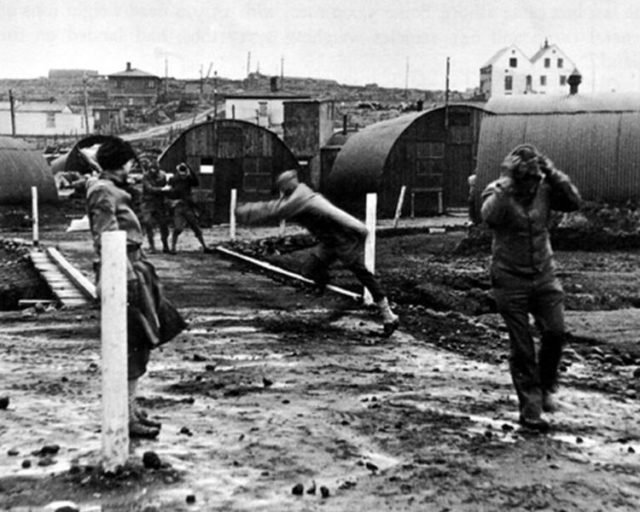
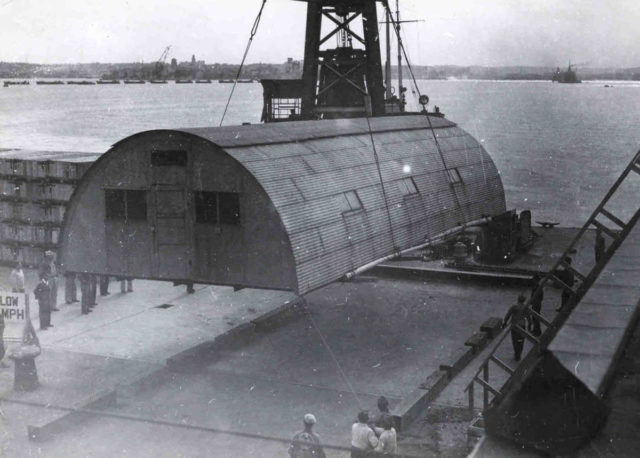
These huts provided various advantages for the US military. They could be quickly put together (in only a few hours) and taken apart in the field without needing anything more than hand tools. They were shipped as metal building kits, which provided dependable protection against the elements for people and machinery.
In fact, the rounded shape of the arch is one of the strongest architectural structures able to withstand blizzards, hurricanes, etc.
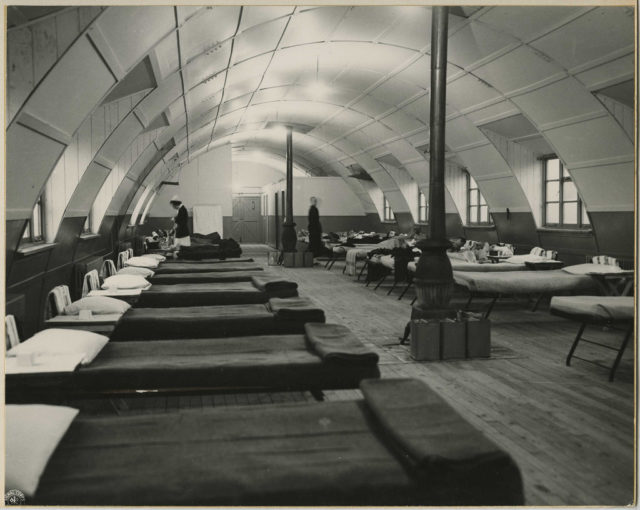
During World War II, roughly 150,000 to 170,000 huts were produced. Apart from semi-permanent housing, Quonset huts were used as a military camp, office, store room, health center etc.
In the modern age, Quonset huts are redesigned and remodeled so that it can fulfill the requirements of general people. A lot of universities also bought them to be used as student housing.
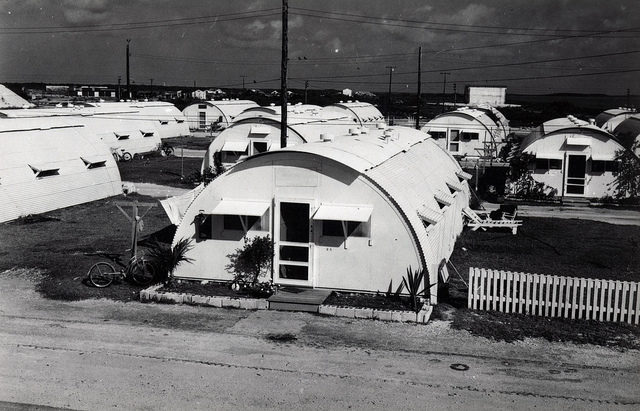
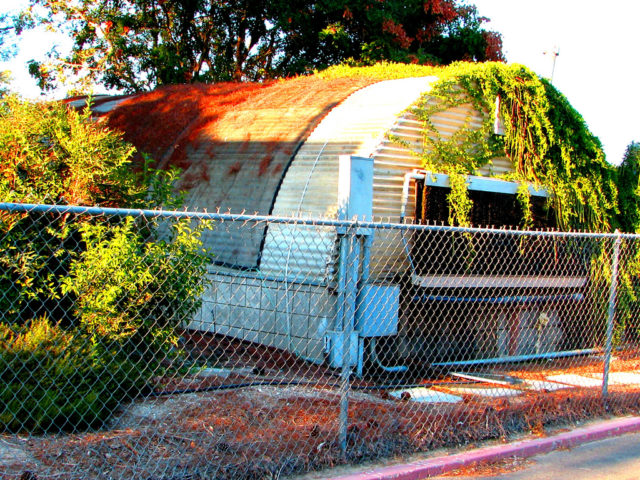
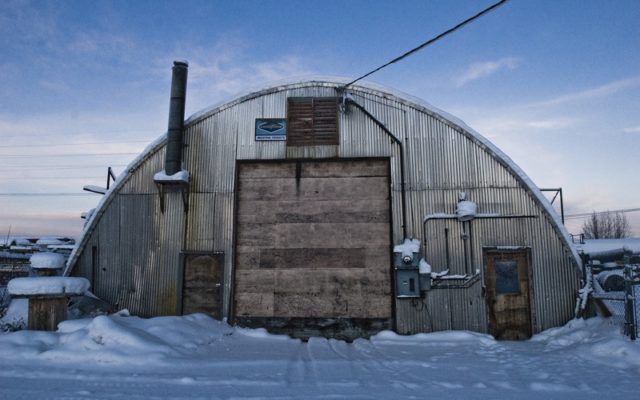
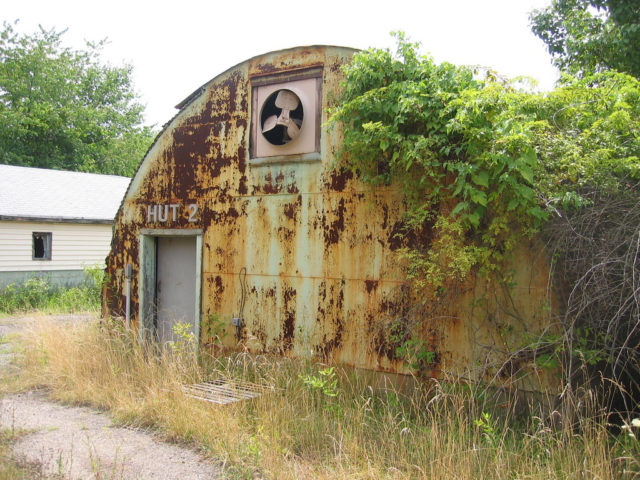
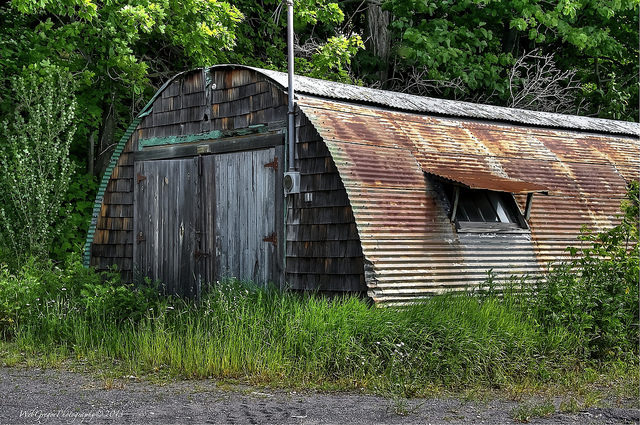
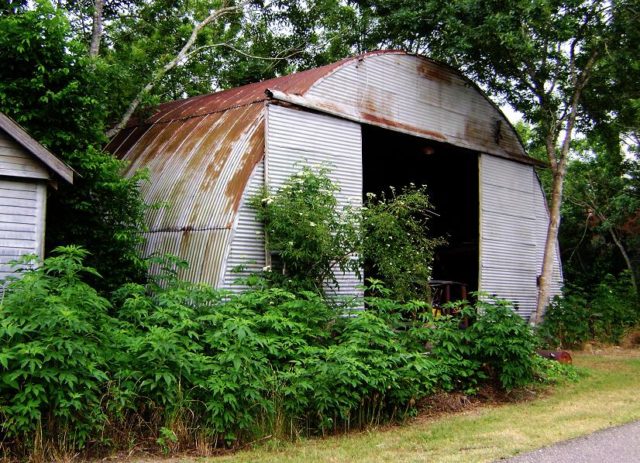
Besides those that remain in use as outbuildings, they are often seen at military museums and other places featuring World War II memorabilia.
